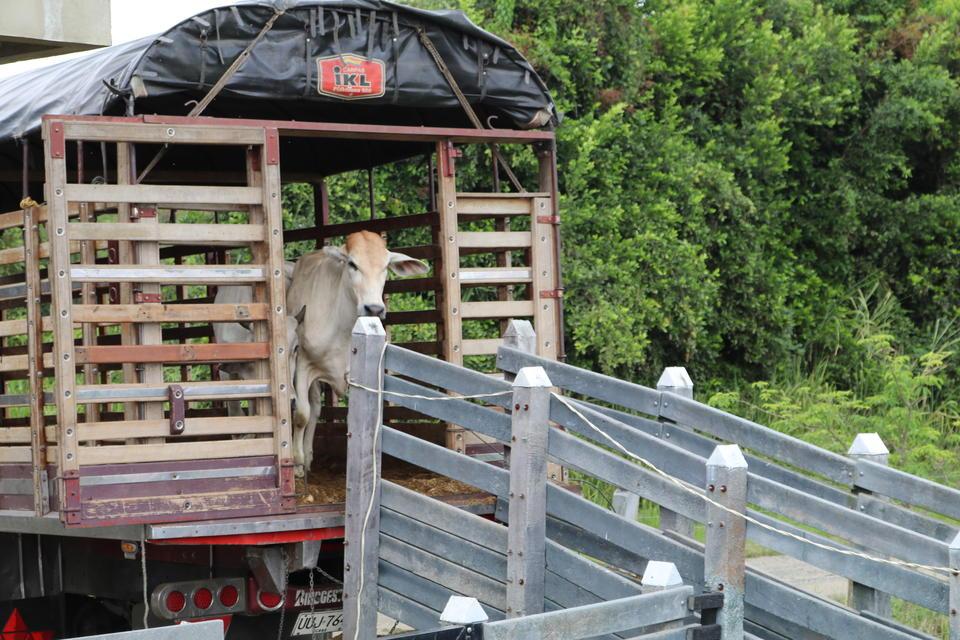The Long and Tough Journey to Sustainable Beef in Colombia
- From
-
Published on
15.11.24
- Impact Area

Livestock production in Colombia has long been a pillar of the country’s economy, providing livelihoods for rural communities and ensuring a steady supply of beef to both domestic and international markets. However, as climate change intensifies and the call for more sustainable practices grows louder, this industry, like many others, must confront its environmental impact. One of the key contributors to livestock’s carbon footprint is the transportation of beef – a factor often overlooked when discussing the environmental impacts of livestock production.
Our recent article “The carbon footprint of beef transport in Colombia: market connections and distribution networks” brought emissions from the transportation of beef into sharper focus, highlighting the need for more sustainable logistics in Colombia’s beef supply chain. The findings reveal that while beef transport emissions may not be the largest contributor to greenhouse gas (GHG) emissions in the livestock production chain, they still pose significant environmental challenges that must be addressed.
Related news
-

COP30: Italy joins global champions to drive food systems transformation
Climate Action Science Program13.11.25-
Adaptation
-
Climate adaptation & mitigation
-
Mitigation
11 November 2025, Belém: Italy joined the Alliance of Champions for Food Systems Transformation (AC…
Read more -
-

Accelerating wheat breeding, from Toluca in Mexico to the world
CGIAR Initiative on Breeding Resources12.11.25-
Climate adaptation & mitigation
-
Nutrition, health & food security
In Mexico, a project has been completed to develop new elite parental lines of wheat…
Read more -
-

Mapping Where People Can Live Safely in a Changing Climate: The Global Habitability Index
Ibukun Taiwo12.11.25-
Climate adaptation & mitigation
Where can the world’s most vulnerable populations live safely and sustainably? Across the world, r…
Read more -
